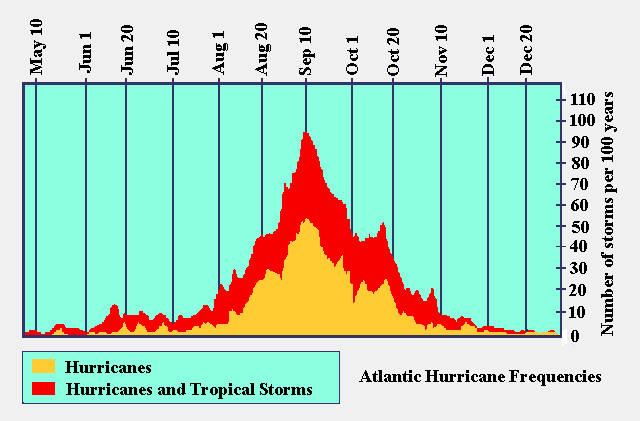From Artemis:
There’s something to be said for being a large, globally diverse, reinsurance firm in the current environment of competition, capital, softening prices and increasing amounts of alternative reinsurance capital from institutional investors and the capital markets.
As we approach the end of the first quarter financial results season and the largest reinsurers in the world report their progress during Q1, it becomes apparent that being bigger is certainly preferable and has enabled the larger reinsurers to avoid the worst of the competitive and soft market so far.
Some of the smaller, less globally or line of business diverse, reinsurers have reported reductions in premiums as they have pulled back from once staple lines of business in the U.S. property catastrophe market. Others have reported lower quarterly income due to lower pricing, as they continue to seek to deploy capital into areas of the market where the softening has been most apparent. Still more are reported to have relaxed terms further, perhaps to a point where this could come back to bite them should a worst case scenario catastrophe event occur.
For the likes of Swiss Re, Munich Re, Hannover Re and SCOR, four of the world’s largest reinsurance groups all with globally diverse platforms and operating across multiple lines of business, the impact of the softening rate environment and high levels of competition are, so far, not as apparent.
Of course the reinsurance industry has experienced a below average level of catastrophe loss experience in recent quarters, which has helped these reinsurers to maintain relatively low combined ratios on their property catastrophe business, while at the same time looking to their diverse, global platforms to secure growth opportunities.That 78.8% loss ratio is stunningly good, it means a gross profit of 21.2% on premiums before adding in investment gains from the float. Wow.
This has definitely helped their results to look better than expected in many cases and it’s clear that a single large catastrophe event in a peak zone where these reinsurers are exposed could change the outlook for them entirely, but for now they appear to be coping admirably.
Swiss Re reported its results this morning, leading with a 78.8% combined ratio across its P&C business due to low catastrophe losses. The firms P&C fundamentals do look to be weakening, said RBC Capital Markets analysts in an update, but the fact that P&C remains so profitable for Swiss Re suggests that we are not yet seeing the end of recent pricing pressures.....MORE
*

